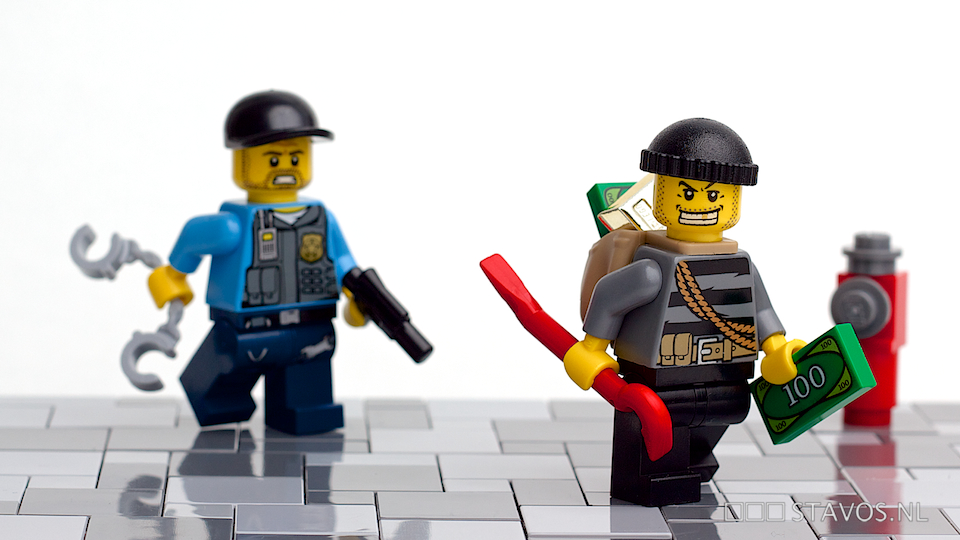
Advertisers Take Big Step Forward to Reduce Facilitating Piracy

Advertisers often find their ads appearing alongside unlicensed content on web sites or on sites offering counterfeit goods. This taints brands and inadvertently promotes piracy, fraud, and malware. Now the advertising industry is fighting back. The Trustworthy Accountability Group (TAG), with support from a number of industry groups, such as the American Association of Advertising Agencies (4As), the Association of National Advertisers (ANA), and the Interactive Advertising Bureau (IAB), plans to create a new program to identify offending web sites and ensure that ads are no longer placed on them.
The online advertising ecosystem is highly complex, often automated, and involves a vast range of different actors, including the advertisers, ad networks, ad agencies, websites and other online properties where ads are featured. While this dynamic system is essential to funding the vast array of free and legal online content and services, it has not been without its challenges. The foremost of these challenges occur when an advertisement is placed on a website engaged in illegal activities. The advertising industry calls these bad actor websites “ad risk entities.”
These sites are a big problem for the industry because it inadvertently funds dodgy activities. One study found that the largest 596 ad-supported websites that profited from content theft brought in $227 million in advertising revenue in 2013. This, of course, takes millions of dollars from the pockets of actual content producers. The profit margins of these websites range from 80 percent to 94 percent because their business models rely entirely on illicitly obtained and distributed copyright materials. Even more troubling, another study found that nearly 30 percent of the largest infringing sites carried ads from blue-chip premium brands, which are “highly recognizable household names.” These are ad dollars that could have gone to supporting legitimate content creators and distributors.
Advertising on “ad risk entities” can cause harm to many online stakeholders—including consumers, advertisers, and content creators alike—by funding unscrupulous activities and associating top-quality brands with illegal activity. Consumers may also mistakenly assume that the platform’s copyrighted offerings are authorized by the advertiser’s well-known brands. As others have noted, this creates a pernicious cycle in which consumers recognize popular brands on an illegal website, associating the legitimacy of the brand as an endorsement of the website. This can actually attract viewers to stay longer on a website and to return again. The more people that visit and return, the easier it is for that website to attract more advertisers, in turn increasing the illicit website’s legitimacy.
TAG’s new initiative, called the Brand Integrity Program Against Piracy, will help cut back on this activity by certifying specific advertising technology companies as Digital Advertising Assurance Providers (DAAPs). These DAAPs will then identify high-risk websites and prevent ads from appearing on them. While applications to qualify as DAAP providers are still being accepted, TAG will announce them in the coming months. TAG hopes to have its program up and running by June.
This program shows that good faith stakeholders can and should come together to curb bad online activity, like the theft of copyrighted works, while creating jobs and incentivizing investment, innovation, and creativity. Not only will this coordinated effort protect the integrity of advertisers while safeguarding their marketing investments, but it will reduce piracy, malware, and fraud—a win for consumers. This program is a step in the right direction to reward the creators of movies, books, television, music, and a myriad of other works, while delegitimizing and defunding those that would seek to steal those works.

